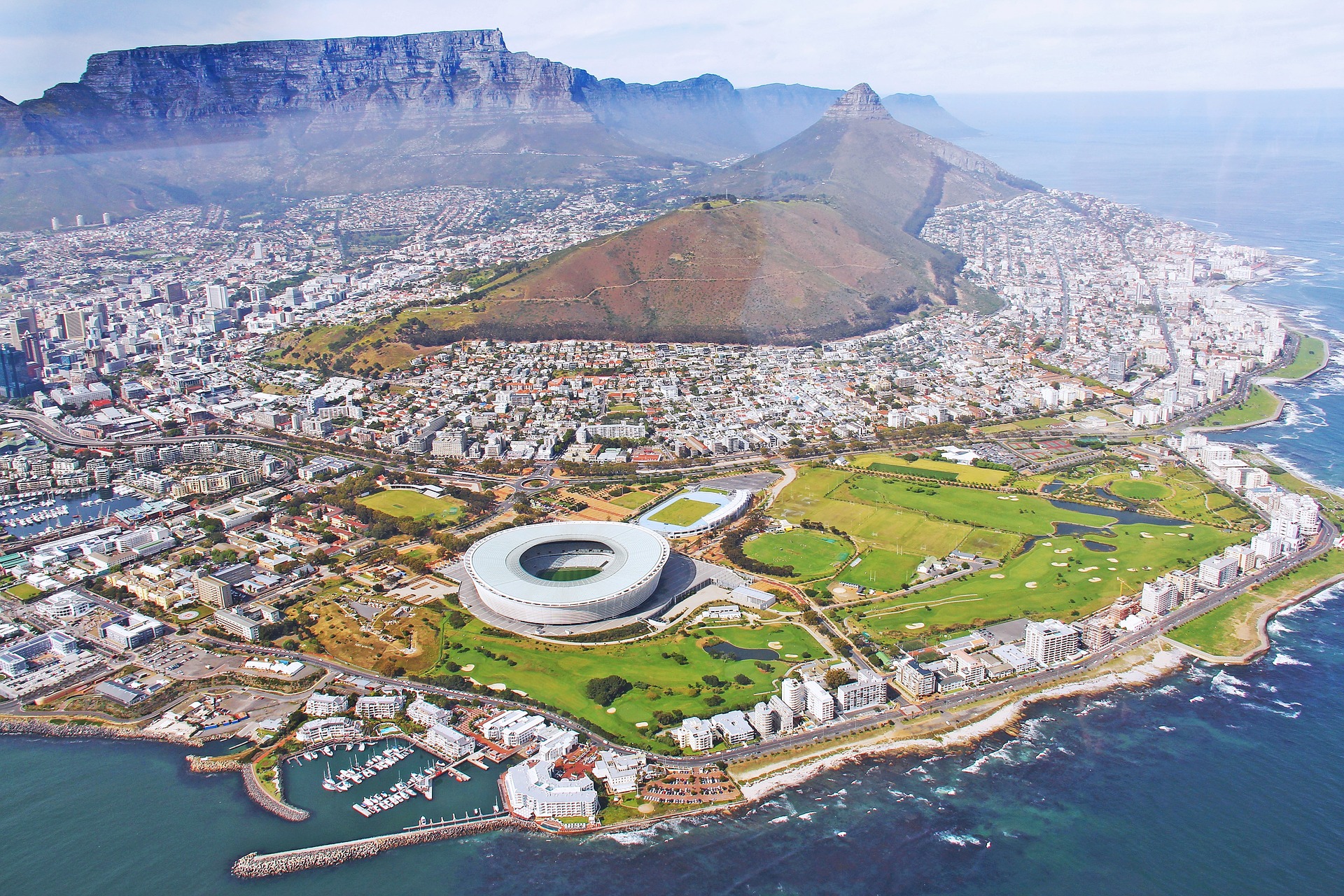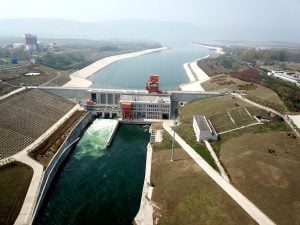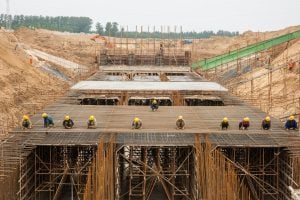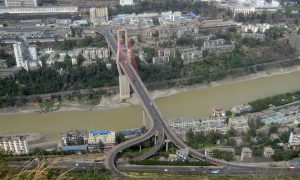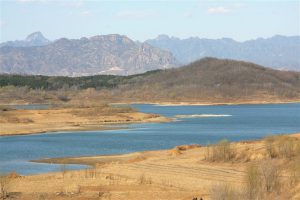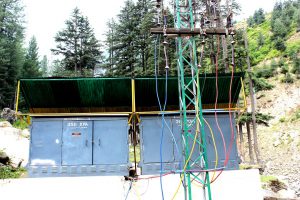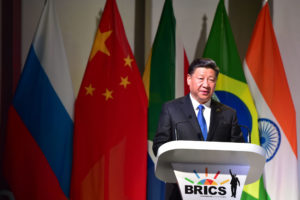Cape Town was set to run dry on April 12, 2018, leaving its 3.7 million residents without tap water.
“Day Zero” was narrowly averted through drastic cuts in municipal water consumption and last-minute transfers from the agricultural sector. But the process was painful and inequitable, spurring much controversy.
The city managed to stave off “Day Zero”, but does that mean Cape Town’s water system is resilient?
We think not.
This may well foreshadow trouble beyond Cape Town. Cities across the Northern Hemisphere, including in Canada, are well into another summer season that has already brought record-setting heat, drought and flooding from increased run-off.
Water crises are not just about scarcity
Water scarcity crises are most often a result of mismanagement rather than of absolute declines in physical water supplies.
In Cape Town, lower than average rainfall tipped the scales towards a “crisis”, but the situation was worsened by slow and inadequate governance responses. Setting aside debates around whose responsibility it was to act and when, the bigger issue, in our view, was the persistence of outdated ways of thinking about “uncertainty” in the water system.
As the drought worsened in 2016, the City of Cape Town’s water managers remained confident in the system’s ability to withstand the drought. High-level engineers and managers viewed Cape Town’s water system as uniquely positioned to handle severe drought in part because of the vaunted success of their ongoing Water Demand Management strategies.
They weren’t entirely mistaken — demand management has cut overall daily consumption by 50% since 2016. So what went wrong?
Limits to demand management
First, Cape Town’s approach to water management was not well-equipped to deal with growing uncertainty in rainfall patterns – a key challenge facing cities worldwide. Researchers at the University of Cape Town argued recently that the conventional models long used to forecast supply and demand underestimated the probability of failure in the water system.
Second, Cape Town’s water system neared disaster in part because demand management seemed to have reached its limits. Starting late last year, the city imposed a limit on water consumption of 87 litres per person per day. That ceiling thereafter shrunk to 50 litres per person per day.
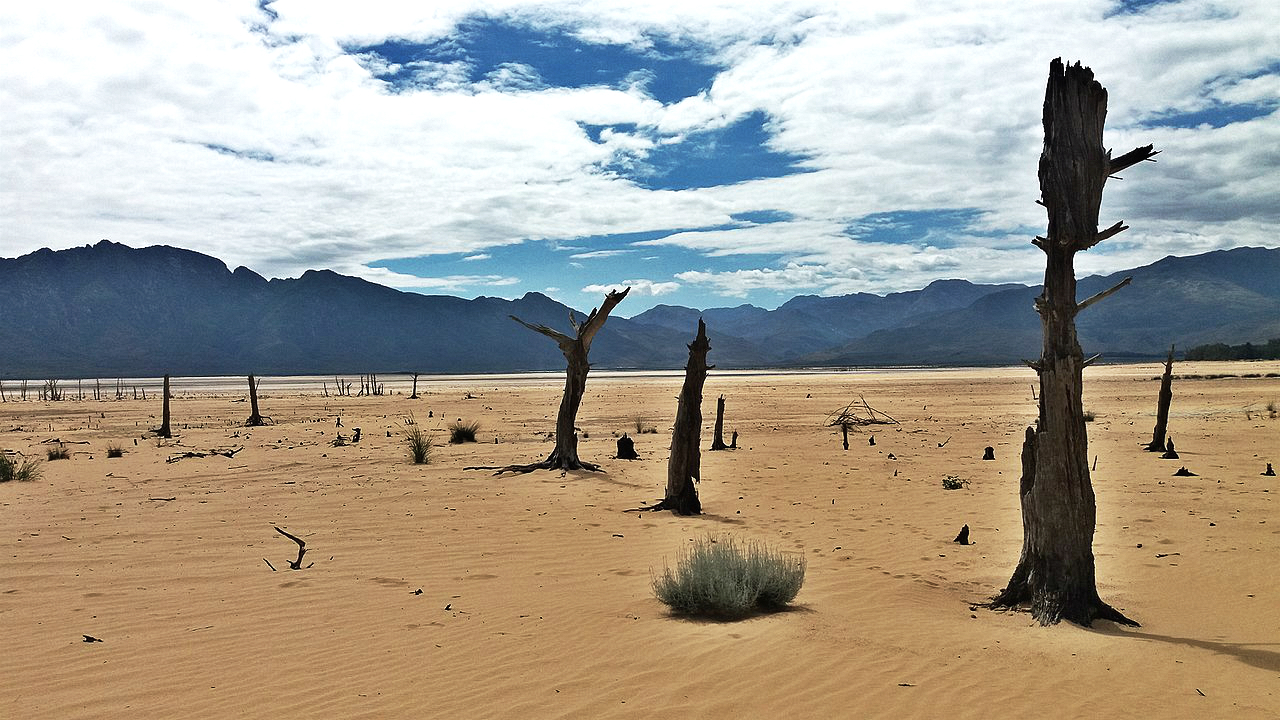
Cape Town's largest reservoir, Theewaterskloof, was at 11% capacity in March 2018 (Image: Zaian)
Despite these efforts, Cape Town consistently failed to cut demand below the 500-million-litre-per-day citywide target needed to ensure that the system would function into the next rainy season.
The mayor accused the city’s residents of wasting water, but her reprimanding rhetoric should not be seen as a sign that the citizens were non-compliant. The continuously shrinking water targets were an untenable long-term management strategy.
Buffers are key to water resilience
In the end, “Day Zero” was avoided primarily by relying on unexpected buffers, including temporary agricultural transfers and the private installation of small-scale, residential grey-water systems and boreholes in the city’s wealthier neighbourhoods. The former increased water supply and the latter lowered demand from the municipal system. These buffers are unlikely to be available next year, however, as the water allocations for the agricultural sector will not be renewed and there is uncertainty in the long-term sustainability of groundwater withdrawals.
For more than a decade, Cape Town has levelled demand, reduced leaks and implemented pressure management and water restrictions. This made Cape Town’s water system highly efficient and therefore less resilient because there were fewer reserves to draw from in times of unusual scarcity.
The UN Water 2015 report found that most cities are not very resilient to water risks. As water managers continue to wait for climate change models to become more certain or more specific, they defer action, paralysing decision-makers.
If we really want our cities to be water-resilient, we must collectively change long-held ideas about water supply and demand. This will require technological and institutional innovation, as well as behavioural change, to create new and more flexible buffers – for example, through water recycling, green infrastructure and other novel measures.
Although Cape Town avoided disaster this year, that does not make it water-resilient. Despite the arrival of the rainy season, Cape Town is still likely to face Day Zero at some point in the future.
There’s a good chance that the city is not alone.
This blog is republished from The Conversation
